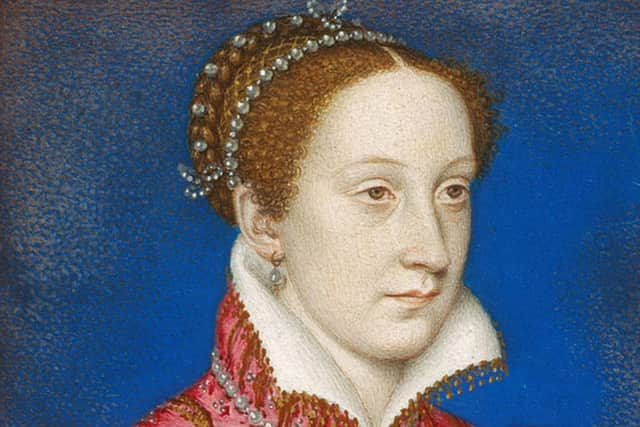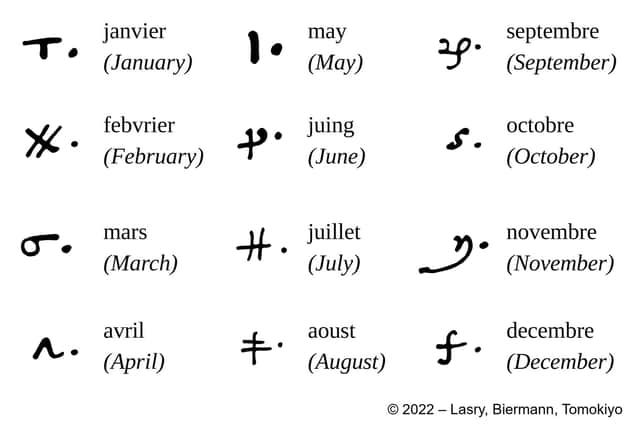'Lost' letters written by Mary Queen of Scots in captivity deciphered by codebreakers
For centuries, many of the secret letters were believed to have been lost or missing. But the stunning documents – and the identity of their author – have been revealed following a search of the online archives of the Bibliothèque nationale de France’s (BnF).
The agency deciphered 57 letters and pinpointed about 50 new scripts previously unknown to historians. They date from 1578 to 1584, a few years before the beheading of Mary Queen of Scots on February 8, 1587 – 436 years ago today.
Advertisement
Hide AdAdvertisement
Hide AdThe complex series of ciphers used in the correspondence written by Mary during her last years of captivity in England has been solved by George Lasry, a computer scientist and cryptographer, Norbert Biermann, a pianist and music professor, and Satoshi Tomokiyo who is a physicist and patents expert.


Mr Lasry said: “Upon deciphering the letters, I was very, very puzzled and it kind of felt surreal. We have broken secret codes from kings and queens previously, and they’re very interesting, but with Mary Queen of Scots it was remarkable as we had so many unpublished letters deciphered and because she is so famous. This is a truly exciting discovery.”
He added: “Together, the letters constitute a voluminous body of new primary material on Mary Stuart, about 50,000 words in total and shedding new light on some of her years of captivity in England.
“Mary, Queen of Scots, has left an extensive corpus of letters held in various archives. There was prior evidence, however, that other letters from Mary Stuart were missing from those collections, such as those referenced in other sources, but not found elsewhere. The letters we have deciphered are most likely part of this lost secret correspondence.”
The letters were listed in the archive catalogue as being from the first half of the 16th century and related to Italian matters. However, the team said they “quickly realised” after starting to crack a set of graphical symbols contained in the documents, some which were unmarked, they were written in French.


Their detective work revealed verbs and adverbs often in the feminine form, several mentions of captivity, and the name ‘Walsingham’, which arose the suspicion they might be from Mary, Queen of Scots.
Further investigation of the correspondence revealed complaints about her poor health, captivity conditions and her negotiations with Queen Elizabeth I for her release, which she believed were not being conducted in good faith.
Mary, Queen of Scots, who was born at Linlithgow Palace, was first in line of succession to the English throne after her cousin Elizabeth I. Catholics considered Mary to be the legitimate sovereign and Elizabeth had her imprisoned for 19 years because she was seen as a threat. Mary was eventually executed aged 44 for her alleged part in a plot to kill Elizabeth.
Advertisement
Hide AdAdvertisement
Hide AdDuring her time in captivity, Mary communicated with her associates and allies through extensive efforts to recruit messengers and to maintain secrecy. The authors suggested other enciphered letters from Mary, which are known to have existed, may still be missing. The findings have been presented in the peer-reviewed journal Cryptologia.
Comments
Want to join the conversation? Please or to comment on this article.